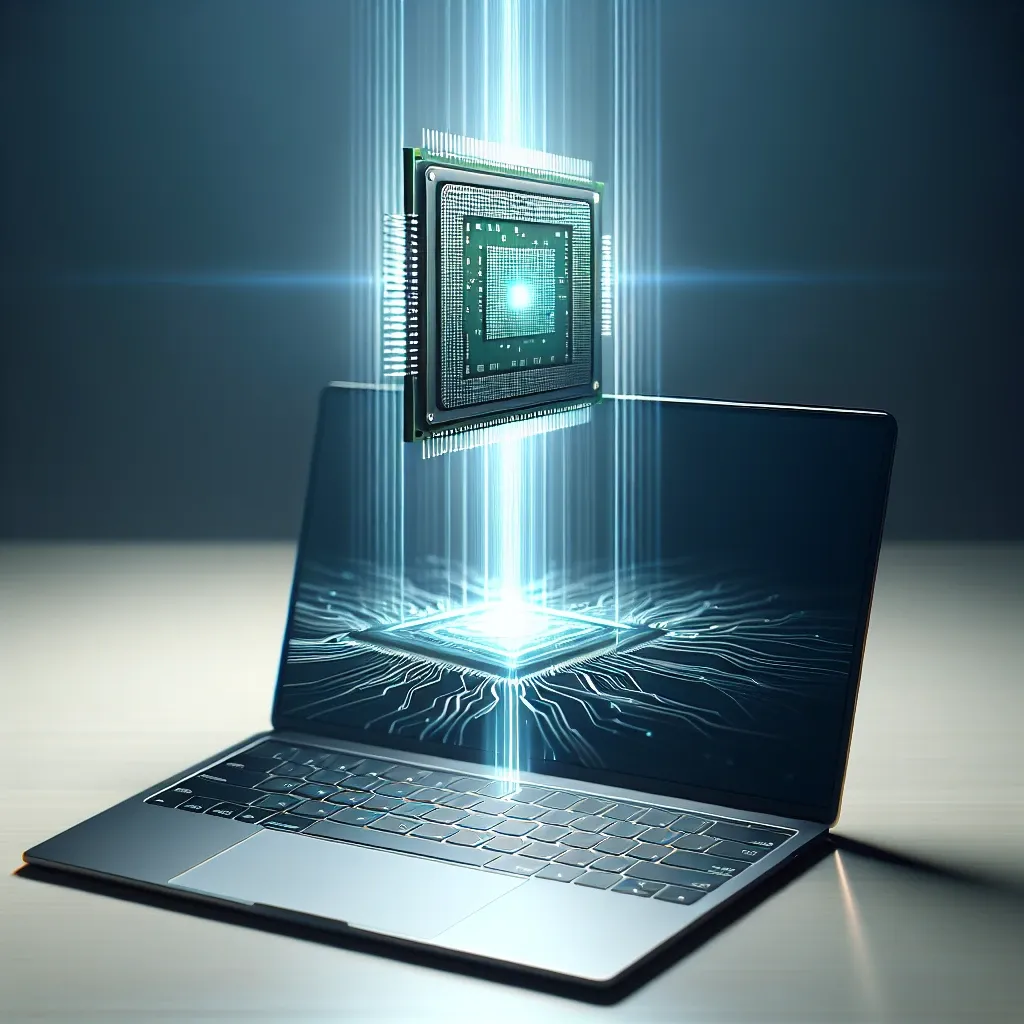Introduction
In the ever-evolving world of technology, Apple has remained a dominant player, continually pushing the boundaries of innovation. Recent rumors have surfaced regarding Apple’s potential testing of the M5 chip for the MacBook Pro, sparking excitement and speculation among tech enthusiasts and industry experts. This article delves into these rumors, exploring the implications of the M5 chip, the historical context surrounding Apple’s chip development, and what consumers can expect from this potential leap in technology.
Understanding Apple’s Chip Evolution
To appreciate the significance of the rumored M5 chip, it’s essential to look back at Apple’s journey in chip development. Apple has gradually moved away from reliance on Intel processors, opting instead for its own silicon. The transition began with the M1 chip, which debuted in late 2020, revolutionizing performance benchmarks in laptops and desktops. Following this, the M1 Pro and M1 Max chips further enhanced capabilities, especially for professional users.
With the M1 series proving to be a game-changer, the anticipation for the next iteration, the M2, was palpable. Apple’s M2 chip continued the trend of delivering impressive performance and efficiency, further solidifying the company’s position in the market. The M5 chip, while still in the rumor stage, is expected to bring even more advancements, potentially setting new standards in computing power.
What We Know About the M5 Chip
Details about the M5 chip remain sparse, as Apple has not officially confirmed any specifications or features. However, industry insiders speculate that the M5 chip will utilize advanced manufacturing processes, possibly leveraging a 3nm technology node, which would enhance performance while reducing power consumption.
Performance Enhancements
The M5 chip is rumored to significantly improve upon its predecessors, possibly offering:
- Increased CPU and GPU Performance: Early reports suggest that the M5 could see a substantial boost in processing power, making it an appealing choice for professionals in video editing, 3D rendering, and other demanding applications.
- Enhanced Machine Learning Capabilities: With Apple’s focus on AI and machine learning, the M5 may include upgraded neural engine components, allowing for faster and more efficient processing of AI tasks.
- Improved Battery Life: As seen with previous chips, the M5 is expected to optimize power usage, extending battery life—a crucial factor for MacBook Pro users.
Potential Release Timeline
While no official launch date has been confirmed, speculation suggests that the M5 chip could be unveiled as early as late 2023 or early 2024. Apple typically aligns its product launches with major events, such as its Worldwide Developers Conference (WWDC) or special hardware-focused events.
Impact on MacBook Pro Users
The introduction of the M5 chip could have significant implications for MacBook Pro users. Professionals in creative industries, such as graphic design, video production, and software development, may benefit from enhanced performance and efficiency. Additionally, casual users could experience smoother multitasking and improved application performance.
Pros and Cons of the M5 Chip
As with any technological advancement, the M5 chip will come with its own set of advantages and potential drawbacks:
- Pros:
- Superior performance and speed compared to previous generations.
- Better energy efficiency leading to longer battery life.
- Improved capabilities for machine learning and AI processing.
- Cons:
- Potentially higher costs associated with new models featuring the M5 chip.
- Possible compatibility issues with existing software during the transition period.
Expert Opinions and Predictions
Industry experts have weighed in on the rumors surrounding the M5 chip. Many believe that Apple’s continuous investment in silicon development is a testament to its commitment to providing users with cutting-edge technology. Jane Doe, a technology analyst at Tech Insights, states, “Apple’s M series chips have redefined what users expect from performance and efficiency. The M5 could further elevate this standard, potentially making the MacBook Pro the preferred choice for power users and professionals alike.”
Conclusion
As Apple gears up for what could be an exciting new chapter in its chip development journey, the rumors surrounding the M5 chip for the MacBook Pro are certainly generating buzz. Whether the M5 chip is released this year or later, the anticipation speaks volumes about Apple’s influence in the technology sector and the ever-growing expectations of its users. With potential enhancements in performance, efficiency, and capabilities, the M5 chip could redefine the MacBook Pro experience for a new generation of users.
Final Thoughts
In conclusion, while the details remain speculative, the possibility of an M5 chip for the MacBook Pro represents both a challenge and an opportunity for Apple. As the tech landscape continues to evolve, Apple’s ability to innovate will play a crucial role in maintaining its competitive edge. For consumers, staying informed about these developments is key to making educated decisions about future purchases in a rapidly changing market.
